The heart of our Weather Station is an ESP32 SOC, a power-hungry chip. When the project is powered by a plug-in wall, you tend not to care too much about power consumption. But if you are going to power your project with batteries, every mA counts.
Our objective is to run the device by using a 18650 Li-Ion battery. To run the ESP32 by using a battery, we have to lower the power consumption. The power consumption can be reduced in the following ways:
1. Software Optimization
2. Hardware Optimization
Software Optimization:
Using Deep Sleep Mode which is the most power-efficient option for the ESP chip. It allows to put the ESP32 into hibernation and saves the battery. You can wake up the ESP at regular intervals to make measurements and publish them.
Hardware Optimization:
The power-consuming components in the PCB are LEDs, ESP32, LoRa, and Sensors. The ESP32 power consumption can be minimized by software optimization. However, we can reduce the power consumption of all other components by optimizing hardware design.
I have considered the following in my hardware design to reduce the power consumption
A. LED jumpers:
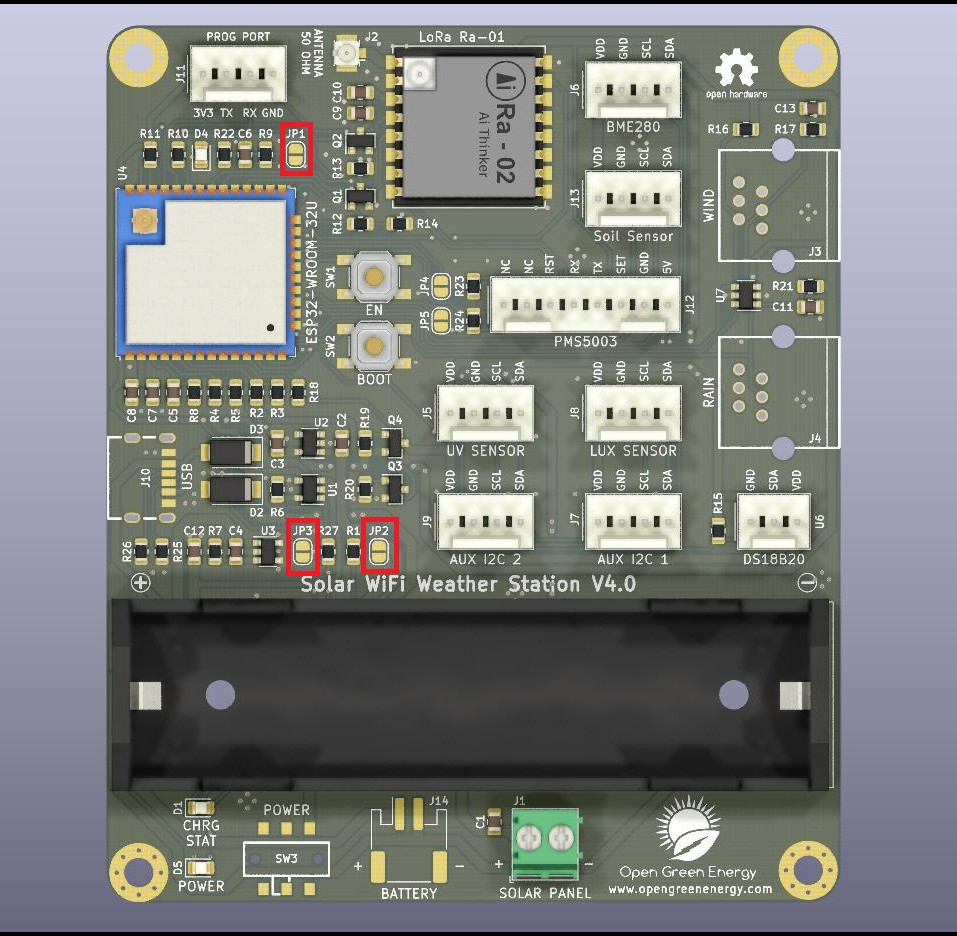
You can enable/disable all the 3 LEDs ( DEBUG, CHRG, and POWER ) used in the PCB board by using the jumpers JP1, JP2 and JP3. The default state is in disable condition, but if you need them, bridge the Jumpers by applying solder.
B. Power Switch for LoRa:
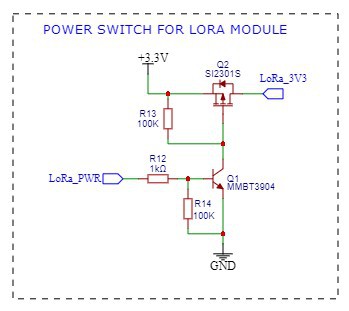
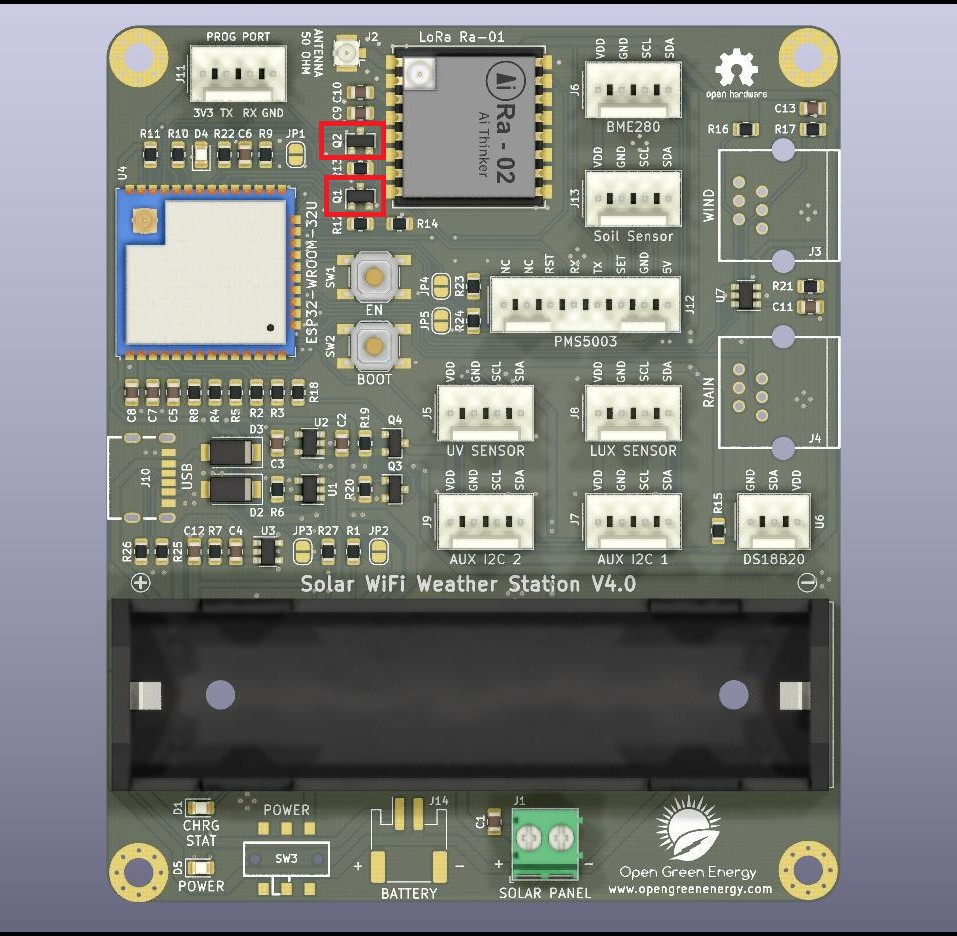
I have added a power switch circuit by using a MOSFET ( Q2) and transistor ( Q1 ) for complete shut down of the LoRa module during the sleep mode. The ESP32 GPIO pin 16 is used to control this power switch.
C. Power Switch for Sensors:
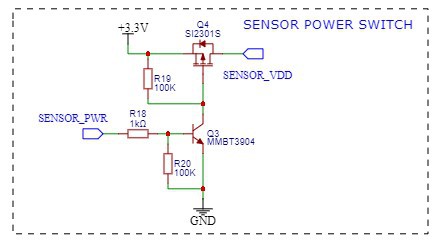
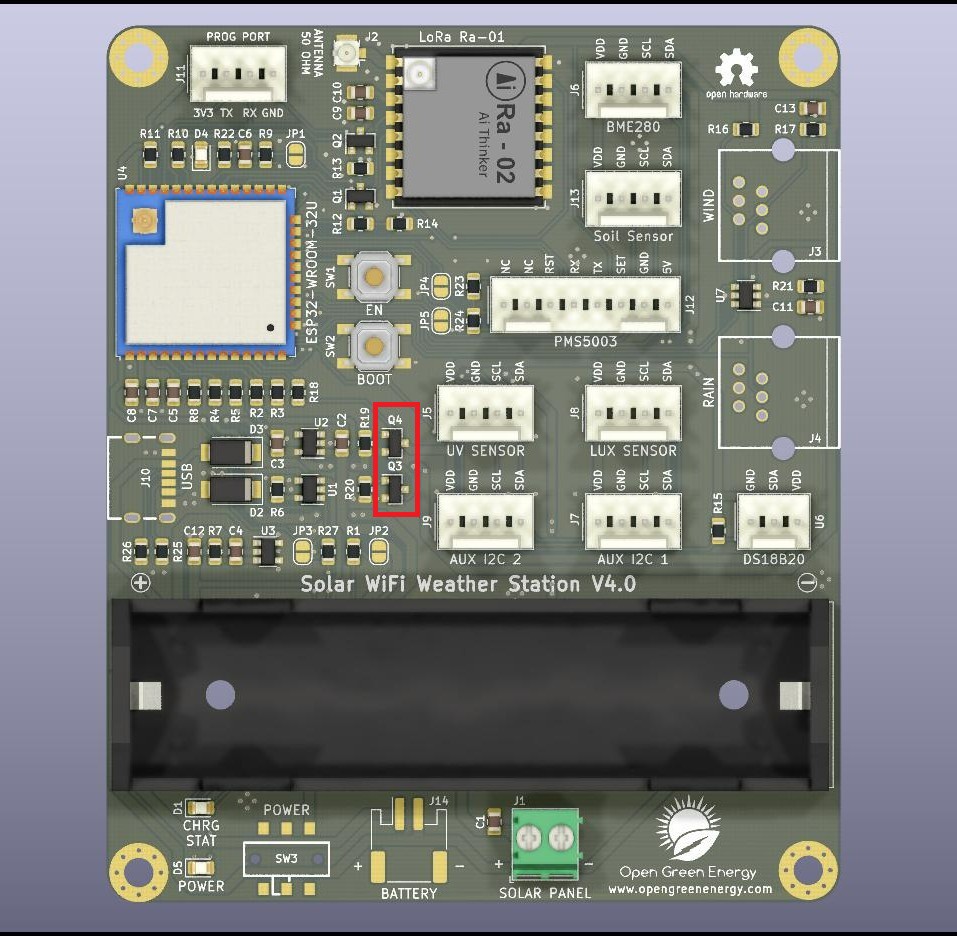
I have added a power switch circuit by using a MOSFET ( Q3) and transistor ( Q4 ) for the complete shutdown of all the sensors during sleep mode ( when no sensor data is to be sent). The ESP32 GPIO pin 26 is used to control this power switch.
 Open Green Energy
Open Green Energy
Discussions
Become a Hackaday.io Member
Create an account to leave a comment. Already have an account? Log In.